Nature
3/10
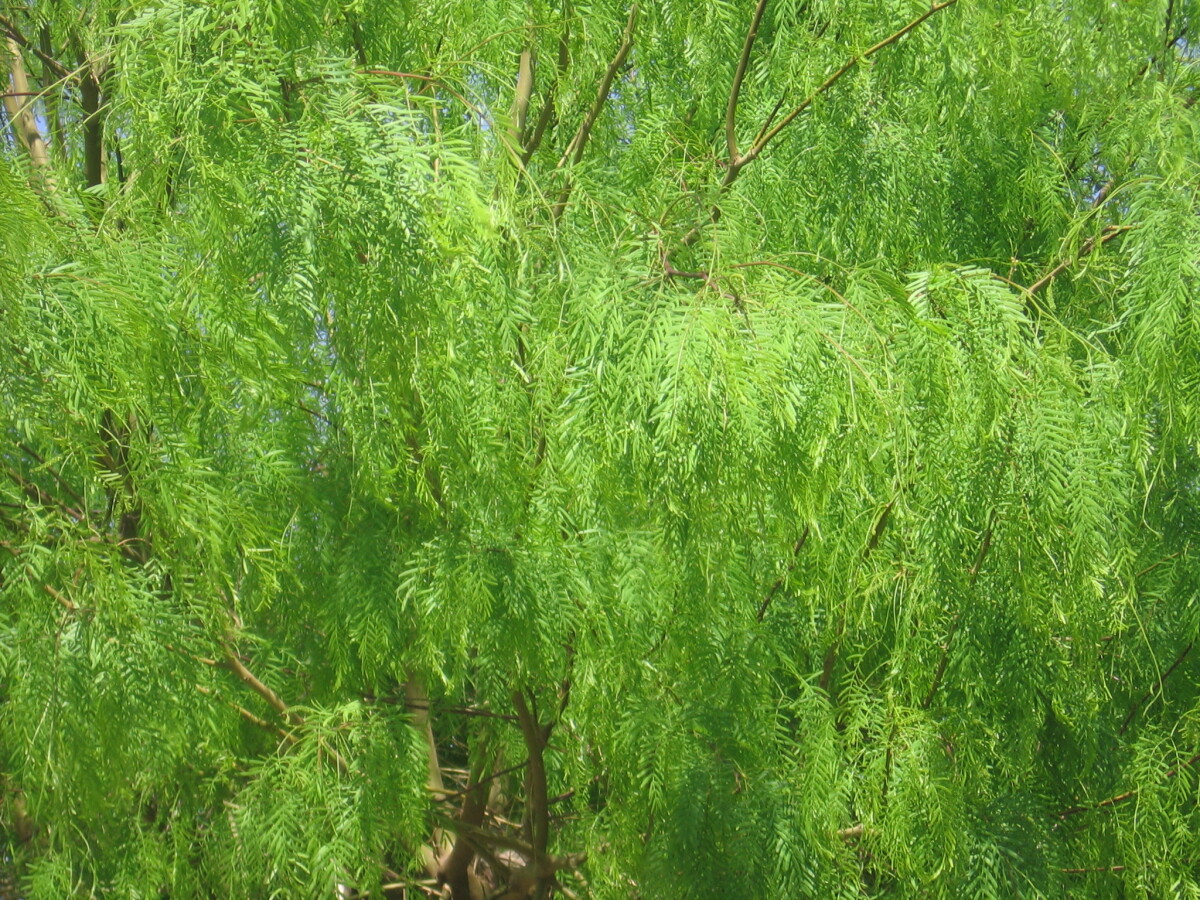
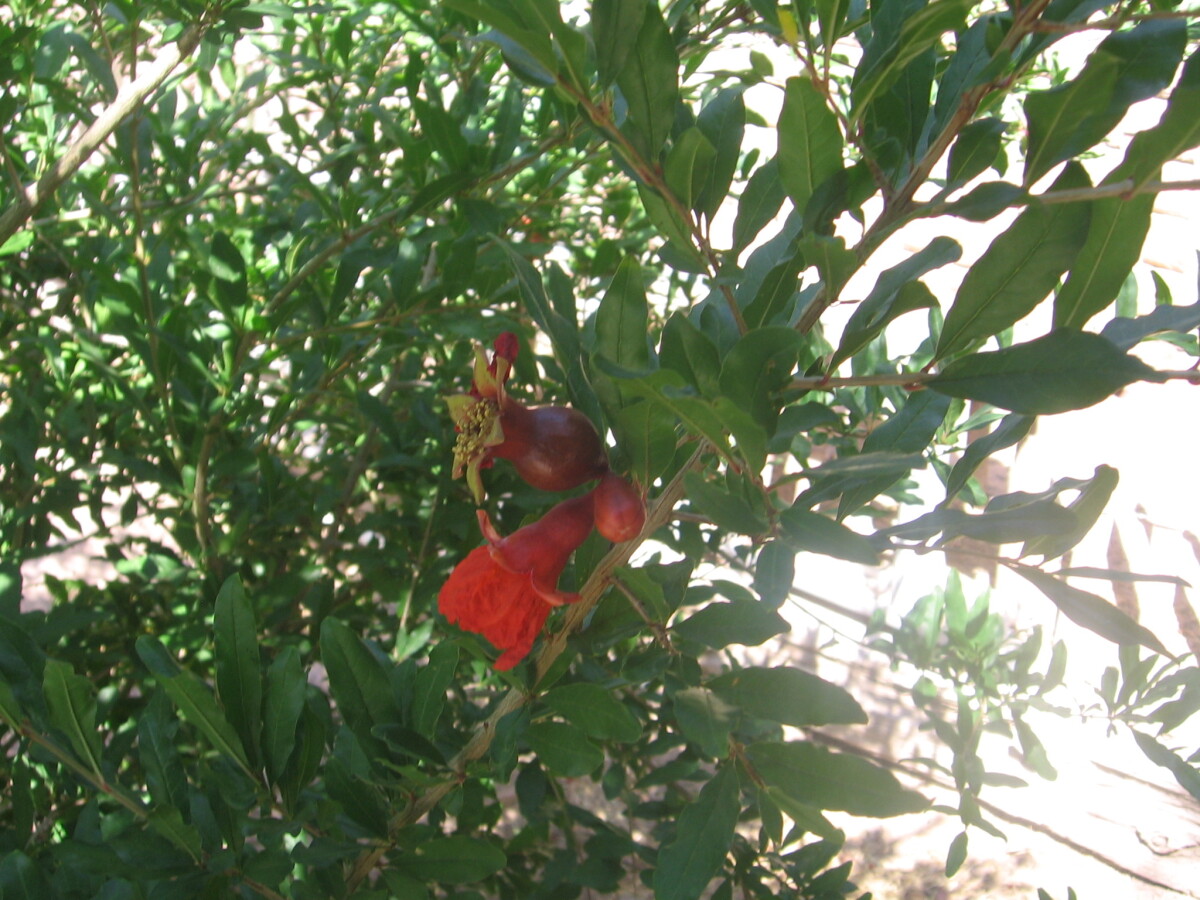
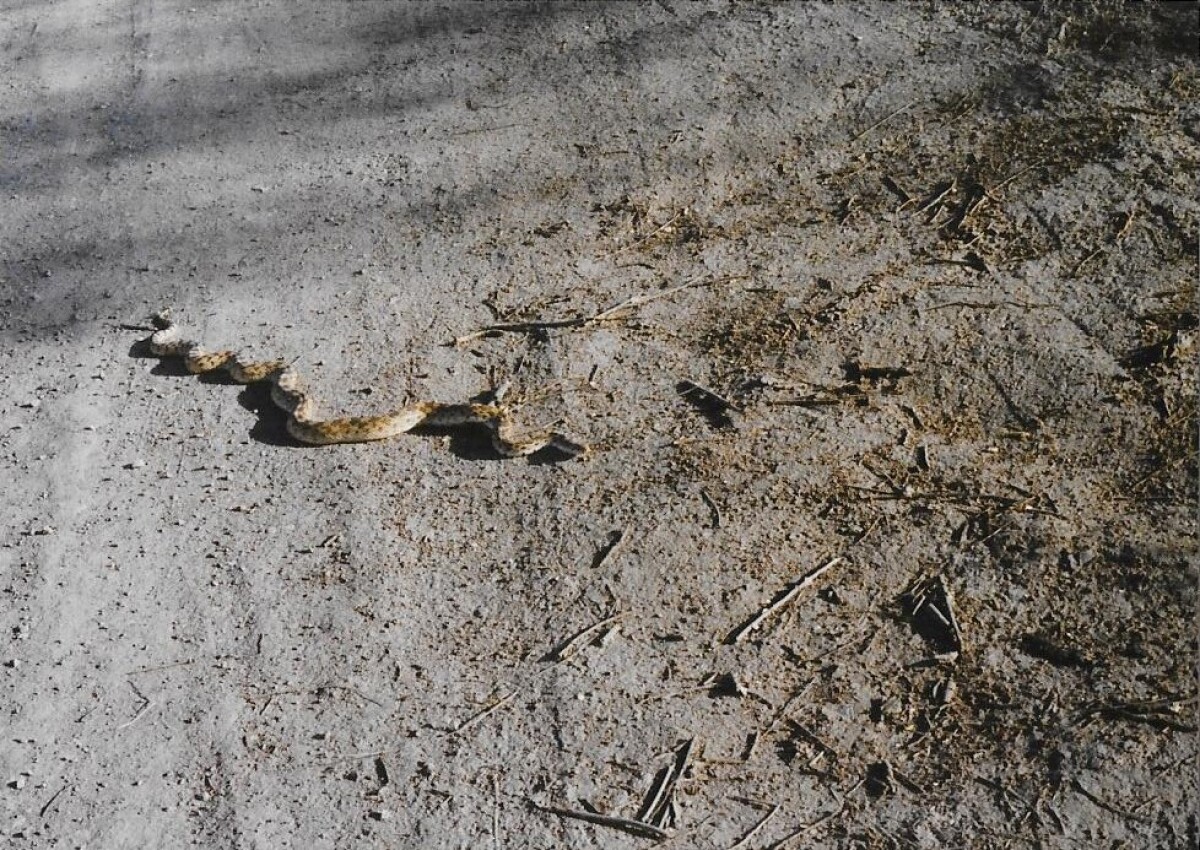

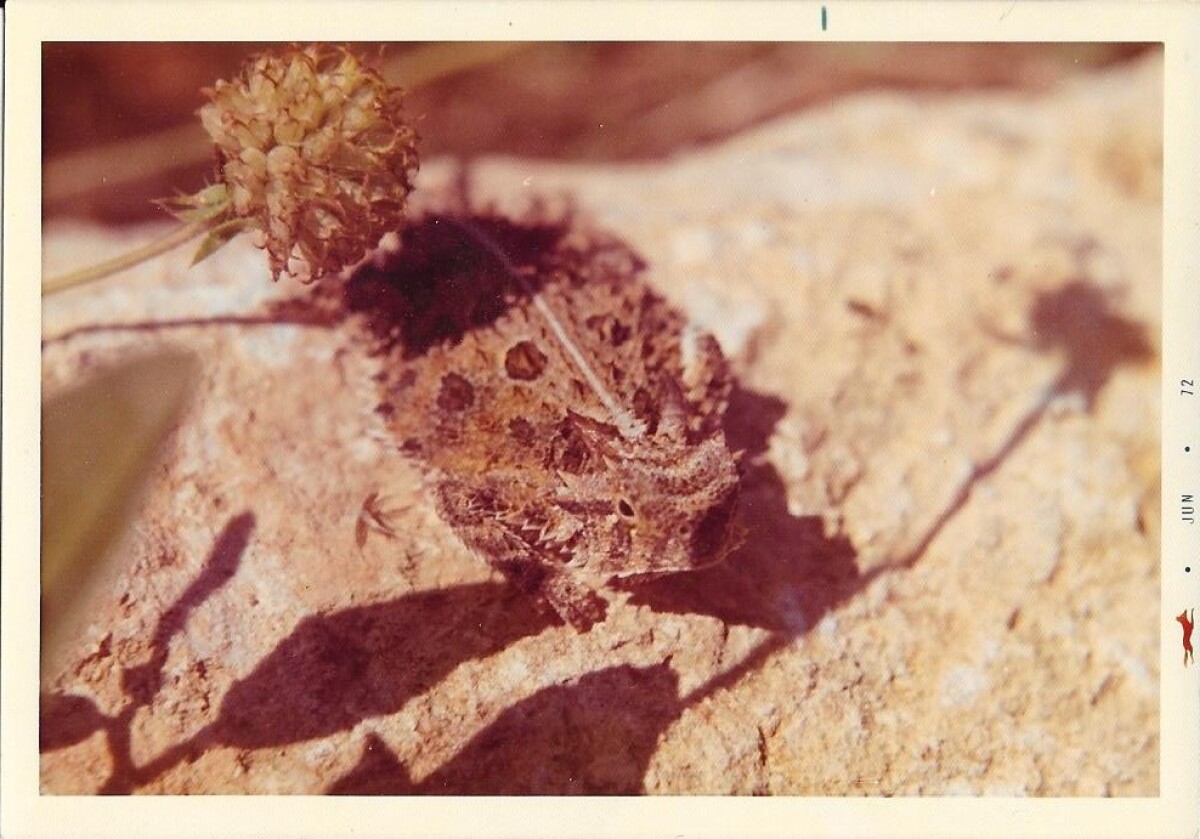
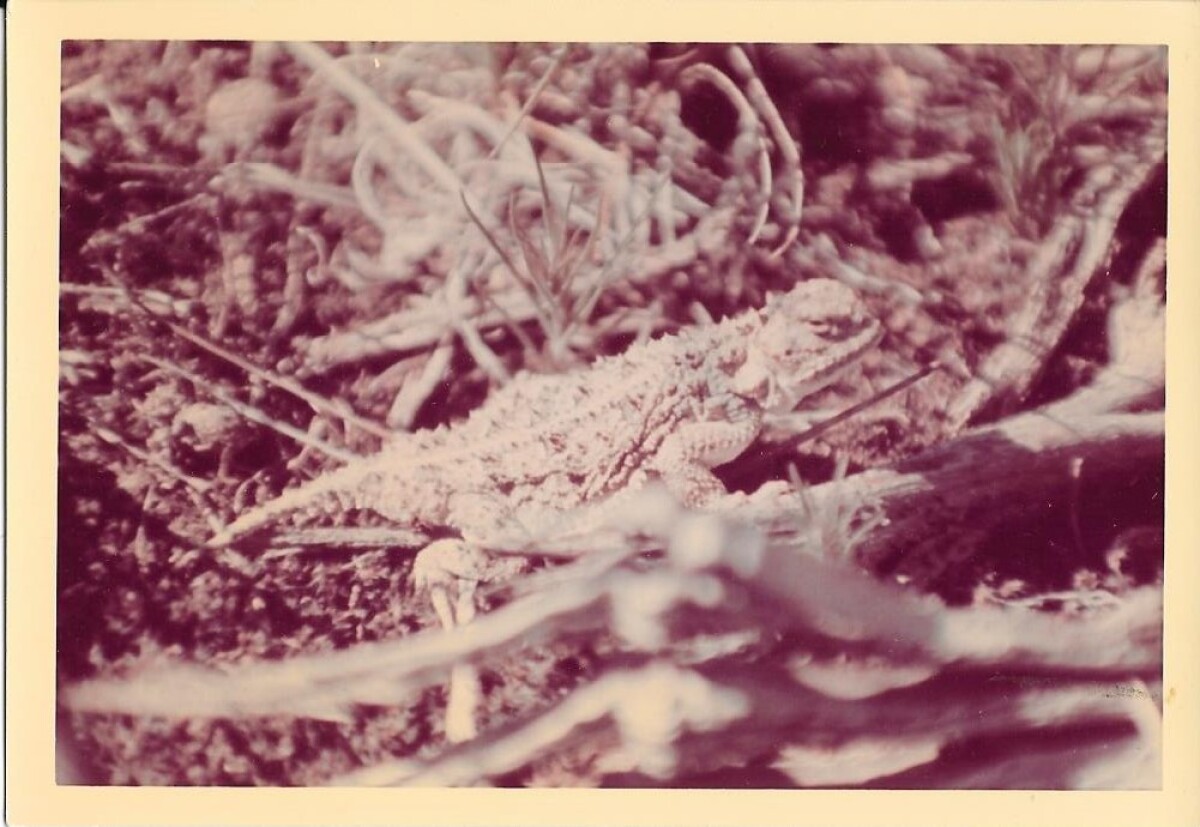
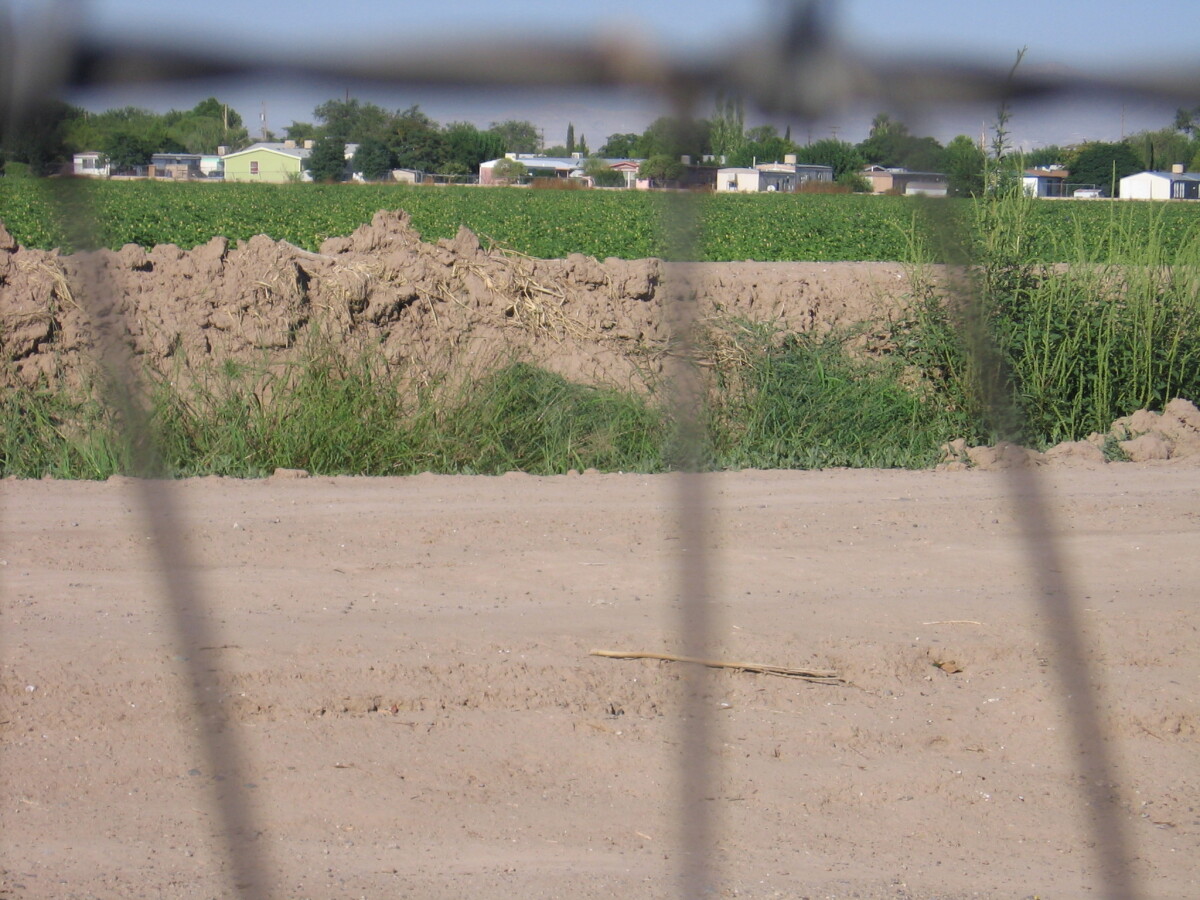
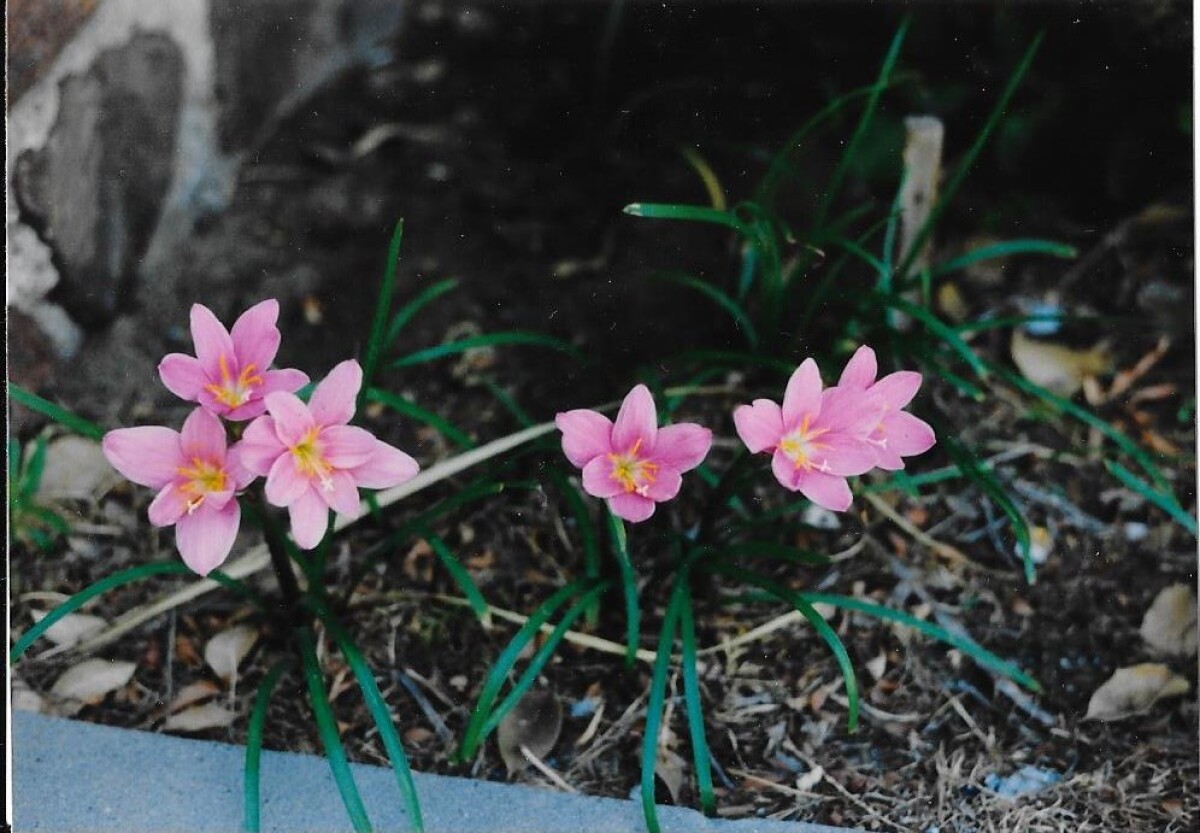
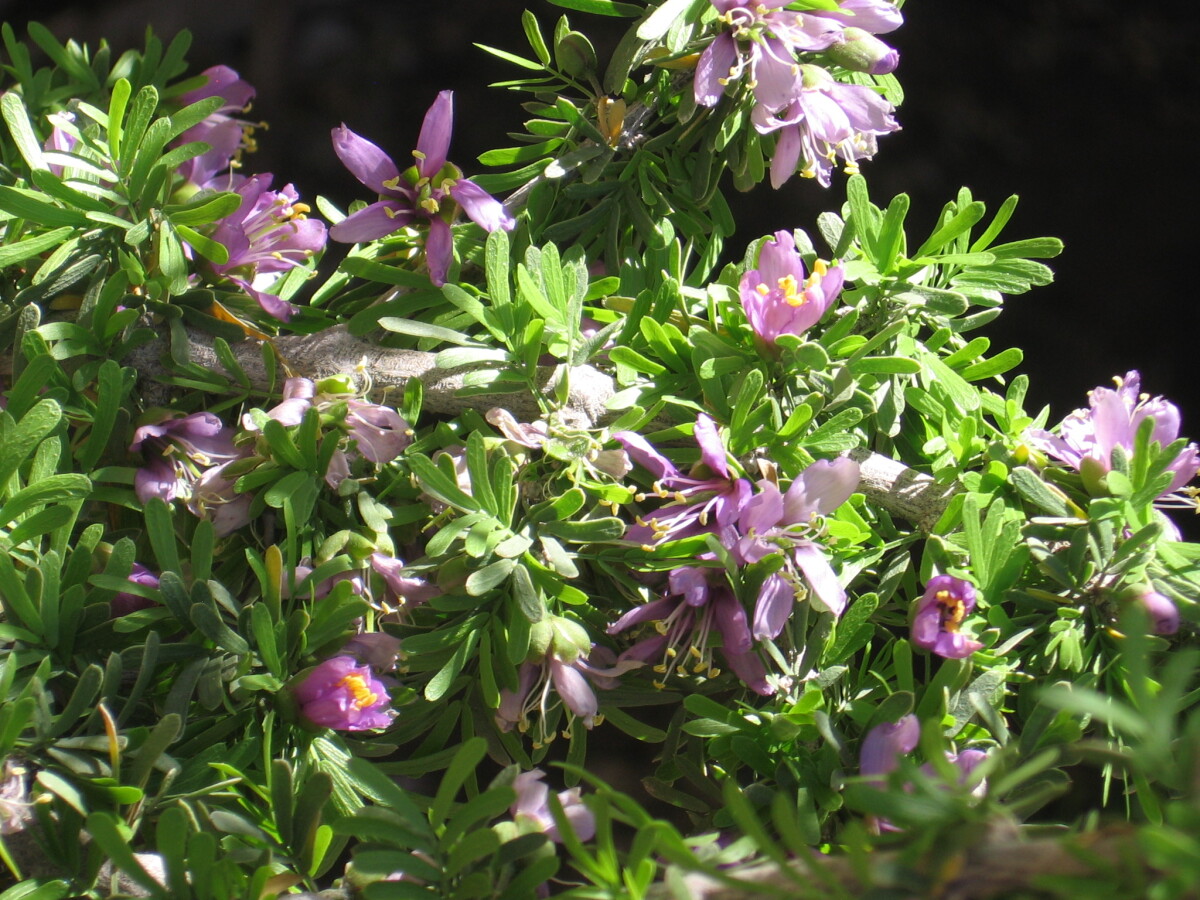













Gopher snake
This fellow was up on the ditch bank one day back in the early 1990s. Haven't seen many snakes lately, but we still have the pocket gophers.
Área: Mission Valley / Richard Lee
Cargado por: Vann
Gopher snake
Probably the largest snake we have seen near our place.
Área: Mission Valley / Richard Lee
Cargado por: Vann
Horned toad
Horned toads used to be common throughout El Paso. Photo from the 1970s. The horned lizard is popularly called a "horned toad", "horny toad", or "horned frog", but it is neither a toad nor a frog. The popular names come from the lizard's rounded body and blunt snout, which give it a decidedly batrachian appearance. Phrynosoma literally means "toad-bodied" and cornutum means "horned". The lizard's horns are extensions of its cranium and contain true bone. he Texas horned lizard is the largest-bodied and most widely distributed of the roughly 14 species of horned lizards in the western United States and Mexico. The average Texas horned lizard is 69 mm (2.7 in) in snout-vent length,[6] but the upper boundary for males is 94 mm (3.7 in) and for females it is 114 mm (4.5 in). https://en.wikipedia.org/wiki/Texas_horned_lizard
Área: Central / Austin Terrace
Fuente: EPMH
Cargado por: Vann
Horned toad
Taken back in the 1970s. The horned lizard is popularly called a "horned toad", "horny toad", or "horned frog", but it is neither a toad nor a frog. The popular names come from the lizard's rounded body and blunt snout, which give it a decidedly batrachian appearance. Phrynosoma literally means "toad-bodied" and cornutum means "horned". The lizard's horns are extensions of its cranium and contain true bone. he Texas horned lizard is the largest-bodied and most widely distributed of the roughly 14 species of horned lizards in the western United States and Mexico. The average Texas horned lizard is 69 mm (2.7 in) in snout-vent length,[6] but the upper boundary for males is 94 mm (3.7 in) and for females it is 114 mm (4.5 in). https://en.wikipedia.org/wiki/Texas_horned_lizard
Área: Central / Austin Terrace
Fuente: EPMH
Cargado por: Vann
Ditch and cotton fields
Looking over the Juan de Herrera canal. This field was planted in cotton for at least two decades, until the latest drought.
Área: Mission Valley / Richard Lee
Cargado por: Vann
Rainflowers
We call these rainflowers because no matter how much you water them, they only bloom after it rains.
Área: Mission Valley / Richard Lee
Cargado por: Vann
Guayacan
This tree is actually from South Texas and was transplanted. It doesn't like freezing weather, but stays warm next to the house.
Área: Mission Valley / Richard Lee
Cargado por: Vann
Bees Swarming
This is a swarm of honey bees.
Área: Mission Valley / Richard Lee
Fuente: Vann
Cargado por: Vann
Looking into a mesquite tree
Mesquite trees provide pollen for honey bees, edible pods (cooked or ground into meal) and excellent firewood.
Área: Mission Valley / Richard Lee
Cargado por: Vann
Pomegranate Blossom
Pomegranate trees can be found in many El Paso yards.
Área: Mission Valley / Richard Lee
Cargado por: Vann
Comentarios
Hacer un comentario